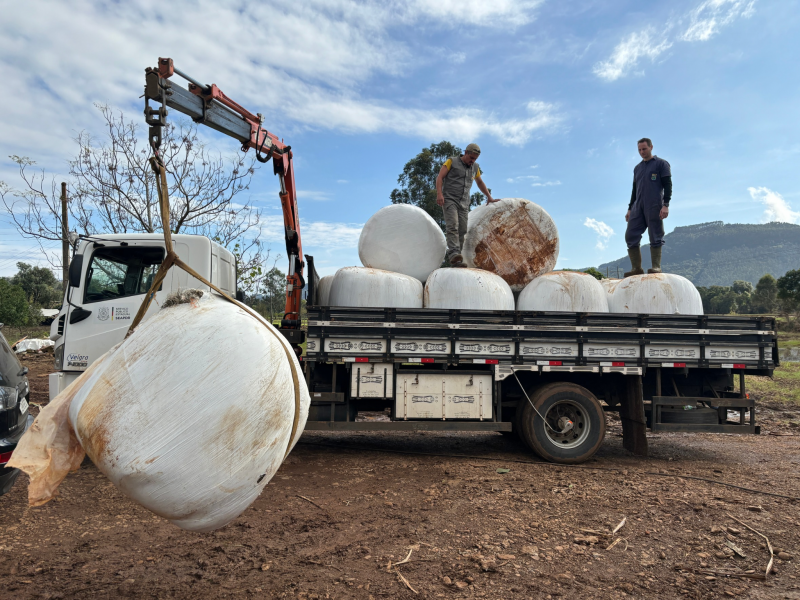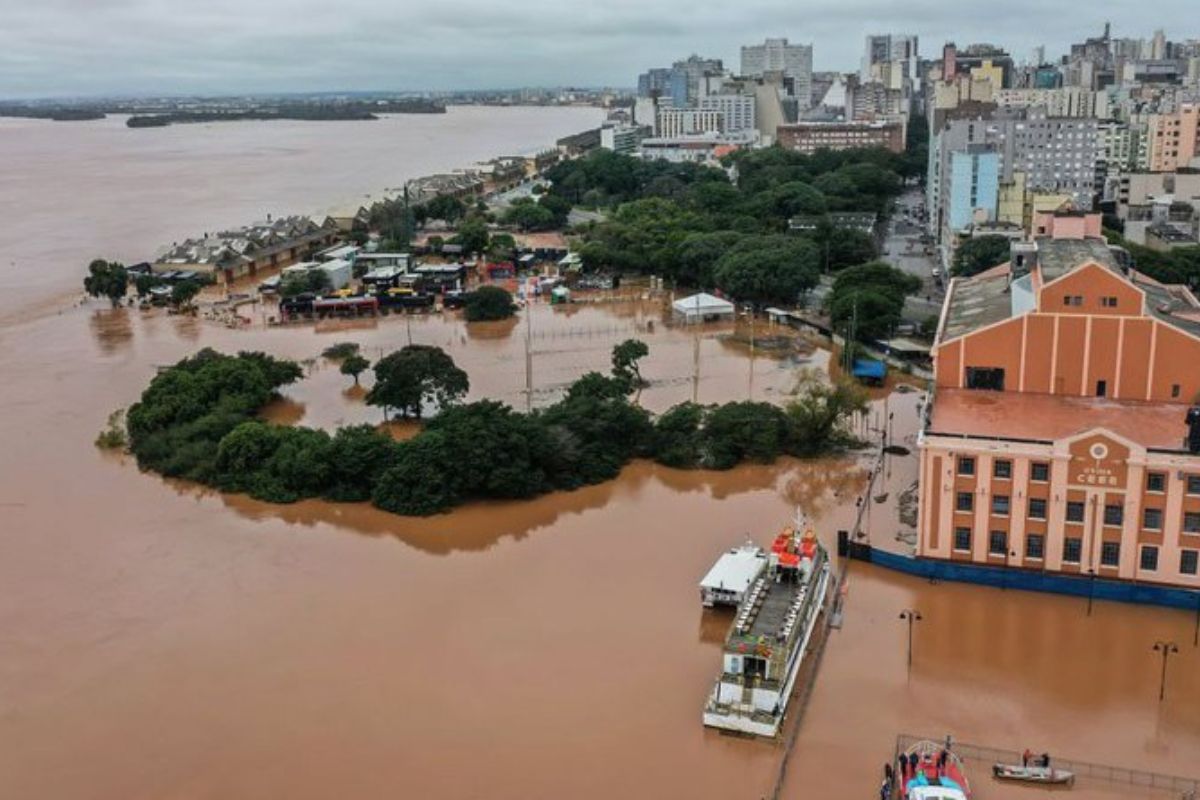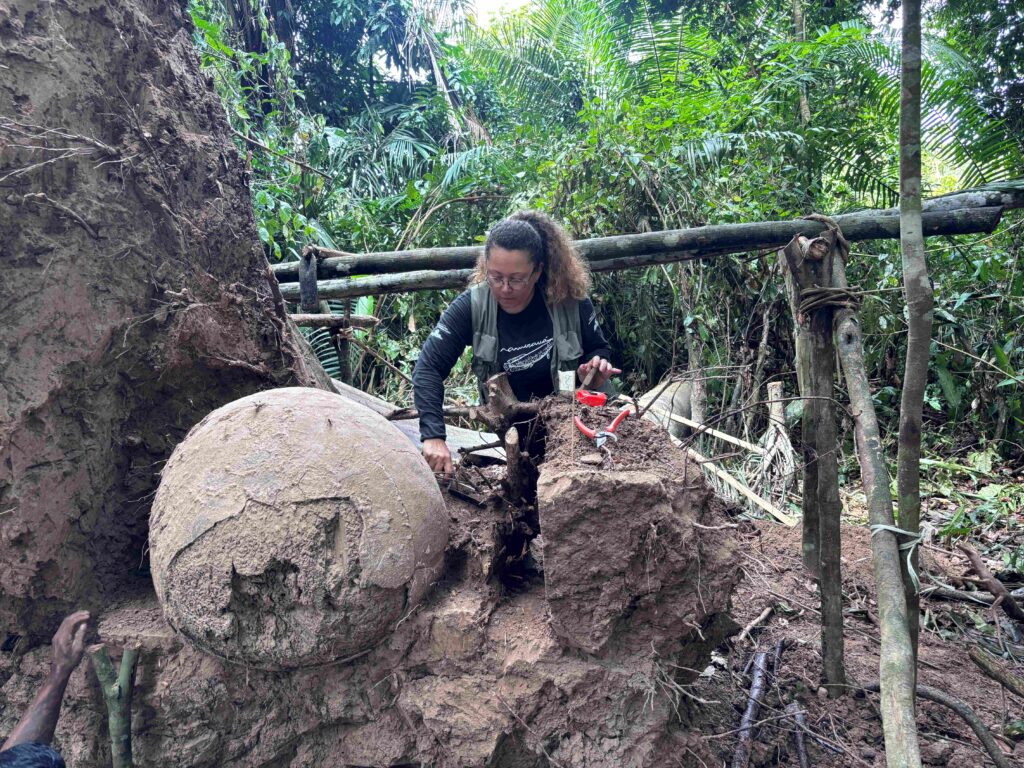São Paulo, Brazil – Heavy rains that have flooded much of Brazil’s southern Rio Grande do Sul state since May have caused losses of more than R$ 11,4 billion (USD $2.2 billion), including R$ 4.6 billion (USD $920 million) in damaged or destroyed housing.
Agribusiness, a main economic engine in the region, was also heavily impacted, with losses of R$ 3.4 billion (USD $680 million).
The data was released last week by the National Confederation of Municipalities (CNM), which has been monitoring the damage to cities around Rio Grande do Sul. The numbers are still partial, as many cities have not yet been able to account for the damage. Of the 497 cities in Rio Grande do Sul, 476 were affected by the rains – 323 are in an emergency situation and 95 in a state of public calamity.
Of the R$ 11.4 billion in damages accounted for so far, R$ 2.5 billion (USD $500 million) are in the public sector, R$ 4.2 billion (USD $840 million) in the private sector, and the majority of the damages relate to the housing sector, with R$ 4.6 billion, due to more than 110,000 houses damaged or completely destroyed.
Agribusiness is by far the most affected economic sector: there are R$ 3.4 billion (USD $680 million) in losses in agriculture and another R$ 293 million (USD $58 million) in livestock. Rio Grande do Sul is one of the powerhouses of Brazilian agribusiness and represents 12.6% of the national agricultural GDP.
The state accounts for 70% of Brazil’s rice production, 15% of meat (12% of chicken production and 17% of pork), 15% of soybeans, and 4% of corn. Banco Bradesco, one of the largest private banks in the country, also released a preliminary study on the losses from the rain to agribusiness, not only to the state but to the entire Brazilian economy.
“The agricultural GDP in Brazil may fall by 3.5% (our previous estimate was a decline of 3%). Losses in agribusiness can be amplified by logistics, which affects both the outflow of the crop and the arrival of inputs. This seems to be an important problem for the dairy and meat sectors,” the study concluded.

In addition to agribusiness, Rio Grande do Sul is also responsible for 8.3% of the Brazilian manufacturing industry’s GDP. With the floods, CNM estimated R$ 267 million (USD $53.4 million) in losses to the industrial sector so far.
The Federation of Industries of Rio Grande do Sul (FIERGS), an association that represents the sector, projected GDP growth of 4.7% in 2024, but due to the floods, Bradesco’s study indicated that growth compared to last year should be close to zero, “even considering a hypothesis for reconstruction efforts.”
“The potential impact on Brazilian GDP is on the order of 0.2 to 0.3 percentage points. This estimate takes into account the weight of Rio Grande do Sul in the Brazilian economy,” said the bank, highlighting that in 2022, the state’s GDP was R$ 600 billion (USD $116 billion), which means a larger economy than neighboring countries like Uruguay (USD $80 billion) or Paraguay (USD $46 billion).
“The effects of this natural disaster are still ongoing. Only with the continuation of assessments and the release of new data will it be possible to obtain a more complete understanding of the impacts and plan more effective recovery strategies, ensuring that reconstruction efforts meet the real needs of the affected communities,” said FIERGS President Gilberto Porcello Petry.
Exports
Rio Grande do Sul’s exports reached USD $22.3 billion in 2023, or about 6.6% of Brazil’s total exports. In the first quarter of this year, shipments reached USD $4.2 billion. The main products of the state’s export portfolio are soybeans and their derivatives as well as tobacco.
According to Bradesco’s study, much of the soybean production was harvested before the floods, but has not yet been exported. Therefore, the study predicts a minimal impact of USD $1 billion only on soybean exports. “When we add other products, the total estimated impact is on the order of USD $2 billion.”

Structural damages
The state of Rio Grande do Sul’s logistics and infrastructure is also a concern, as many highways were damaged, as well as airports and bus terminals. CNM data indicate temporary losses of R$ 1.7 billion (USD $340 million) in infrastructure works, such as sidewalks, bridges, viaducts, asphalt, and avenues. For Bradesco, “logistical bottlenecks can also impact the local industry.”
In this scenario, the government of Rio Grande do Sul estimates expenses of at least R$ 3 billion (USD $600 million) to rebuild state roads and bridges. Governor Eduardo Leite does not rule out the need for up to R$ 10 billion (USD $2 billion) to adapt the roads and bridges to climate change.
“Analyzing the state highways affected by climatic events, we have two scenarios: If we work only with the correction to release them to the public, we estimate around R$ 3 billion necessary to bring them to previous conditions, with some degree of improvement,” he said.
But according to Leite, making the infrastructure more resilient is a way to try to prevent the roads from being destroyed again: “If we design the reconstruction in a resilient way, with adaptation to climate change, making necessary interventions and reinforcing the structure to avoid new occurrences, we can reach R$ 10 billion.”











